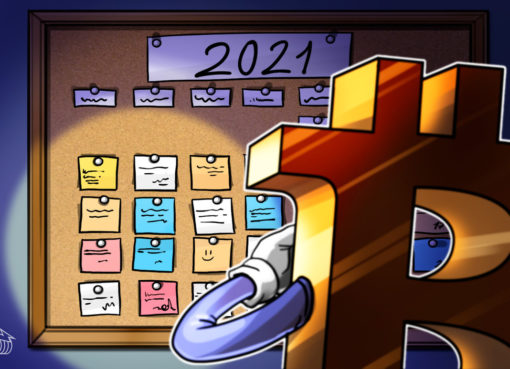During yesterday’s Unitize blockchain conference, developer Bruno Škvorc illustrated how a Polkadot-based blockchain can be launched within one hour.
When speaking at event on July 7, Škvorc explained in detail how to create a blockchain based on Polkadot’s modular “Substrate” architecture. Furthermore, he illustrated how blockchains built this way can be seamlessly updated without needing to hard fork.
Škvorc explained that Substrate-based blockchains can be configured by choosing from many available modules to better suit the needs of who is building them. He also claims that — thanks to being connected to each other — that blockchain’s security is ensured by other chains.
Forkless updates
All the software needed to run a node of the new blockchain is present in both Rust and web assembly (WASM) code. Rust can be compiled into a really efficient binary file, while WASM code is less efficient but also takes up less space.
This enables the forkless update system, a prominent feature of Substrate-based blockchains. By default, a node runs the more-efficient compiled Rust code, but a copy of the WASM node software is also kept on-chain.
Before executing the Rust software, the node compares it with the on-chain WASM code and switches to it if it is newer. This way, even node operators that did not actively update their machines will always be running the latest version of the software, and only need to download the Rust version of it to run their nodes faster.
The security implications of seamless updates
Cryptox asked Škvorc about the security implications of being able to seamlessly change the software being executed by nodes, without authorization from the operator. He explained that the concern is greatly alleviated by the vetting process that happens before the WASM code is deployed on-chain:
“What happens is that the WASM code that’s on-chain first needs to be vetted — first during the development phase, and then during the governance phase. The governance phase is the phase when the community of token holders votes for or against an on-chain change, which is auto-enacted.”
Polkadot has been actively seeking new avenues to gain more developer support and funding. In June, Cryptox reported that Polkadot received support on Gitcoin, a developer-focused platform that combines crowdfunding and grants for development initiatives.




